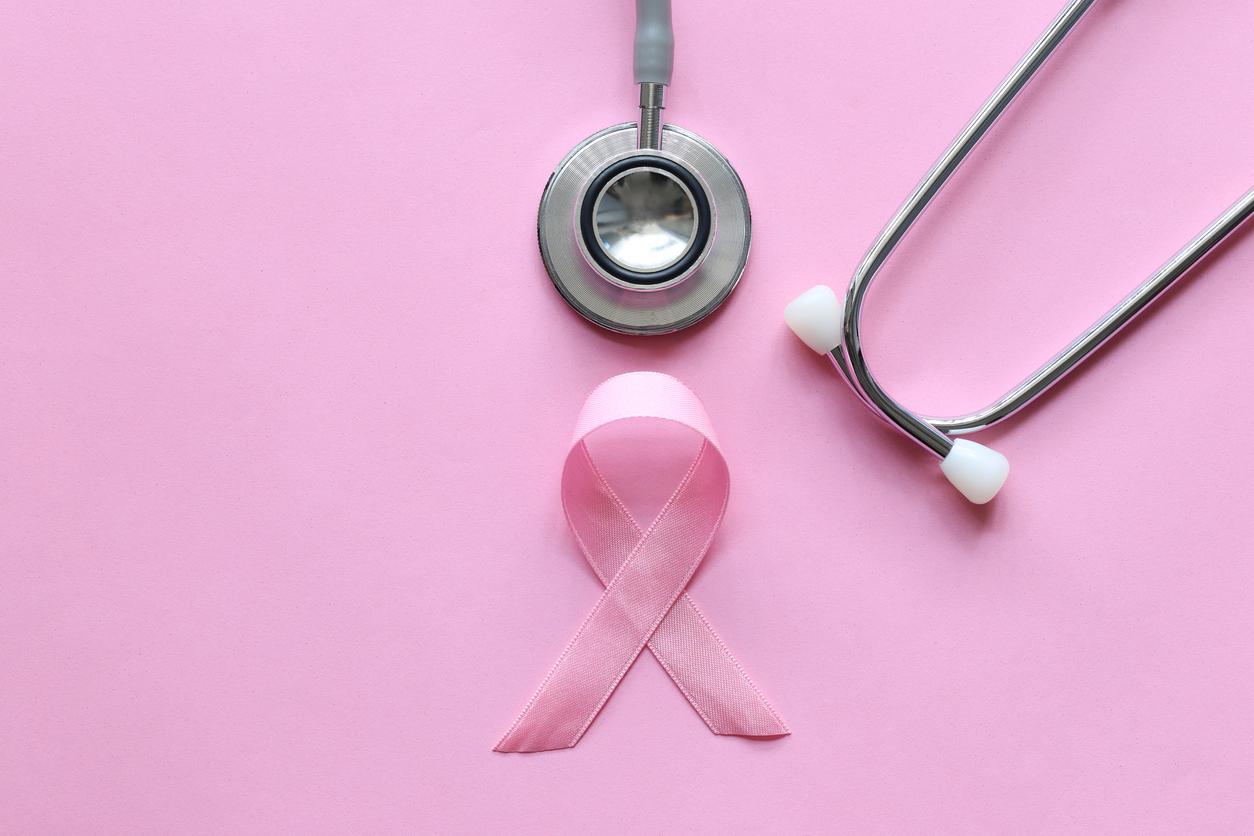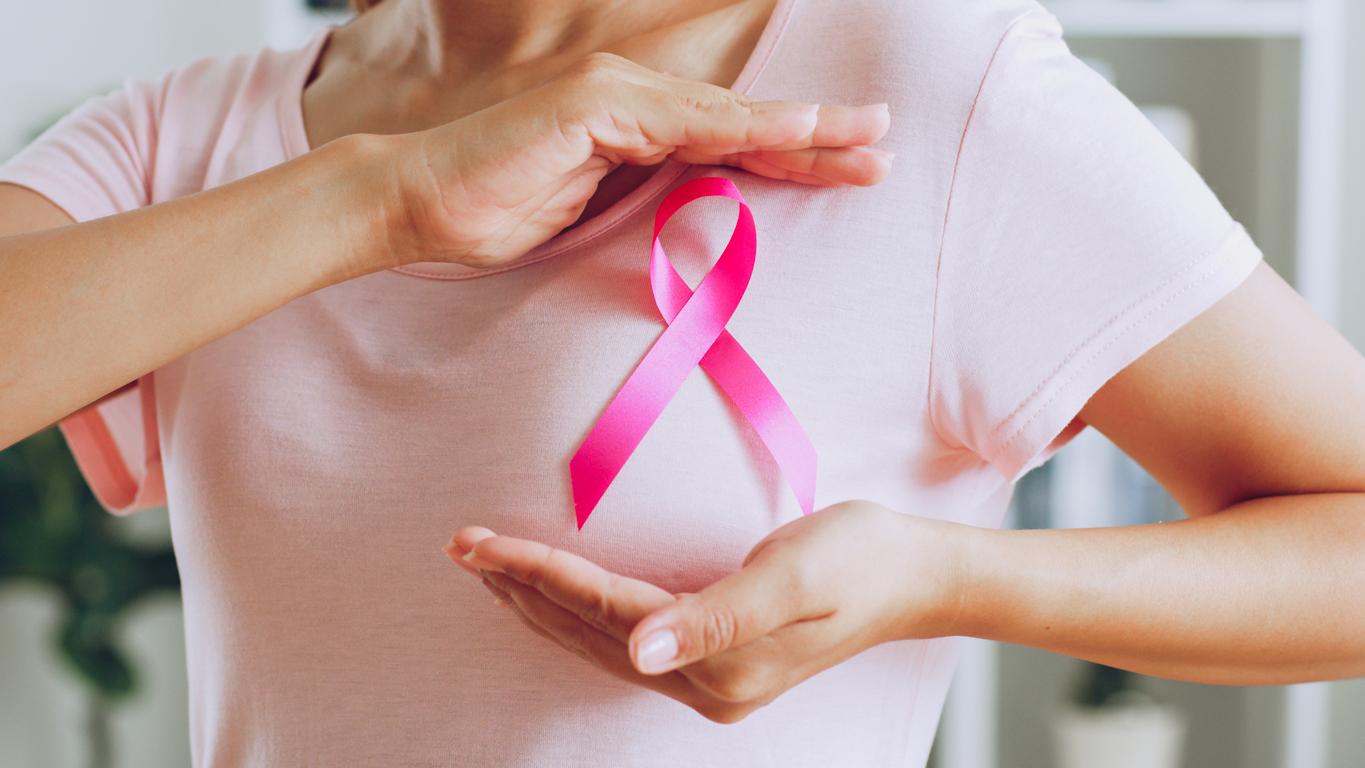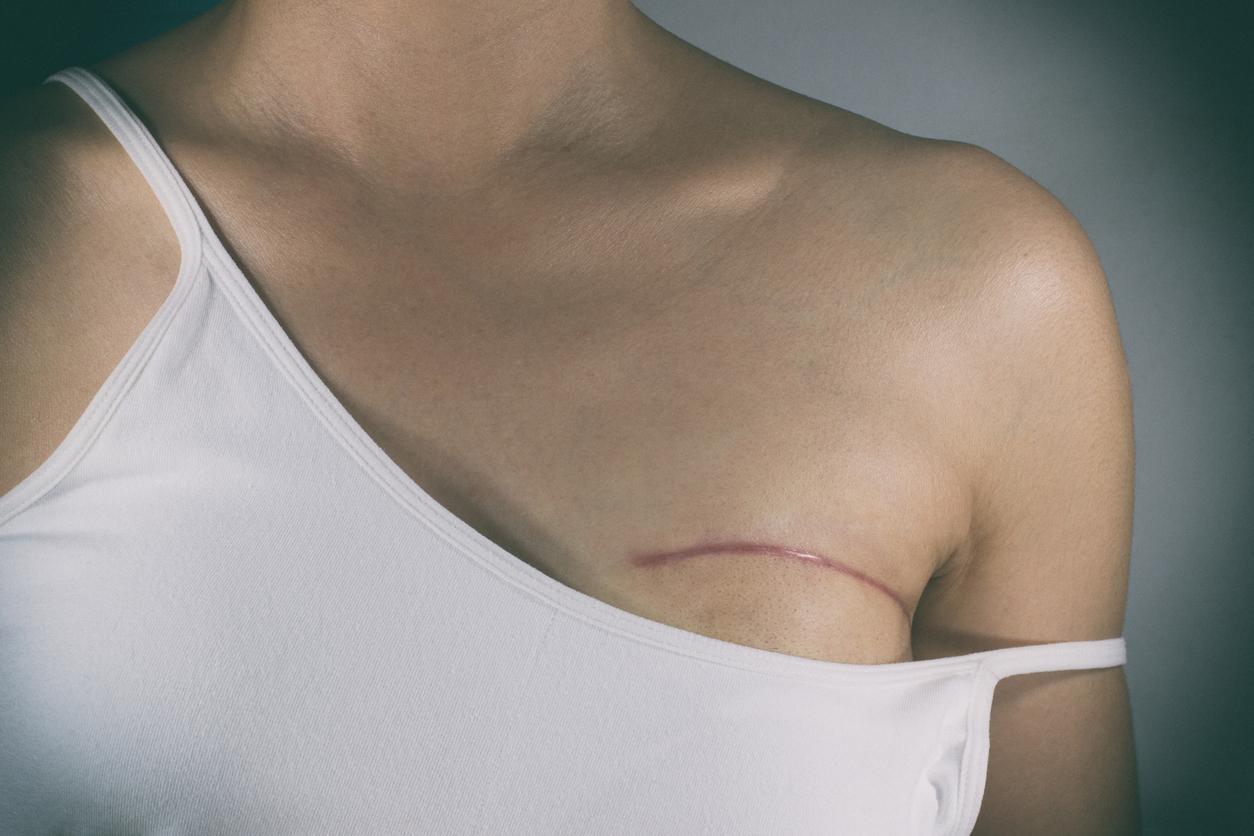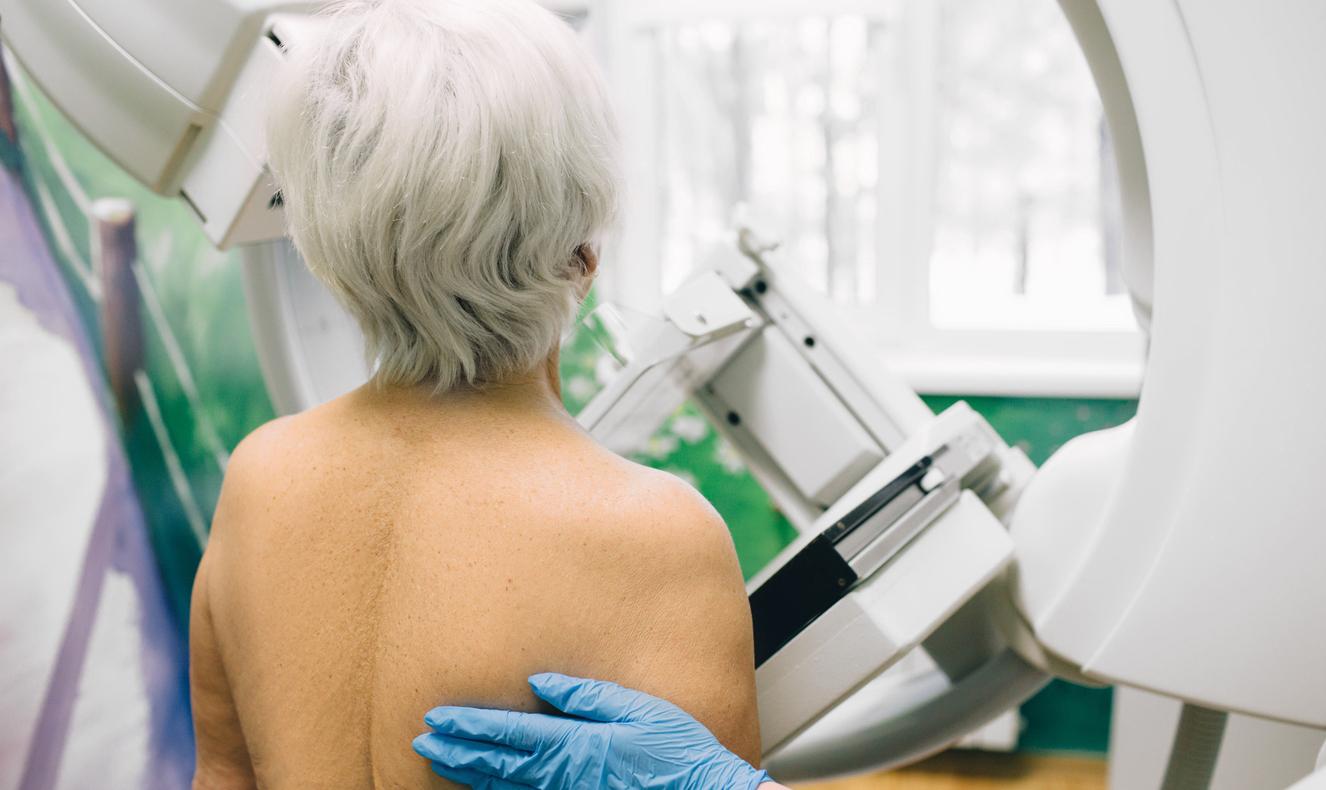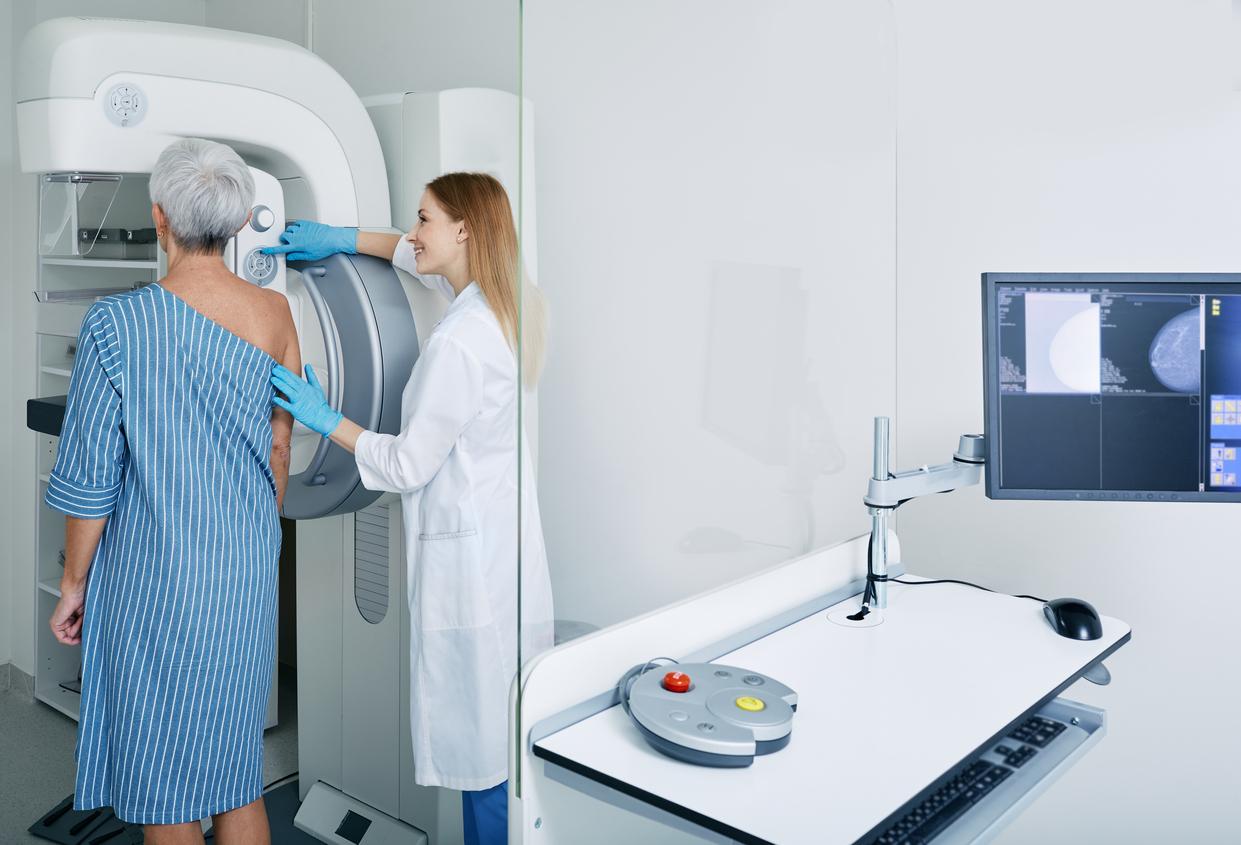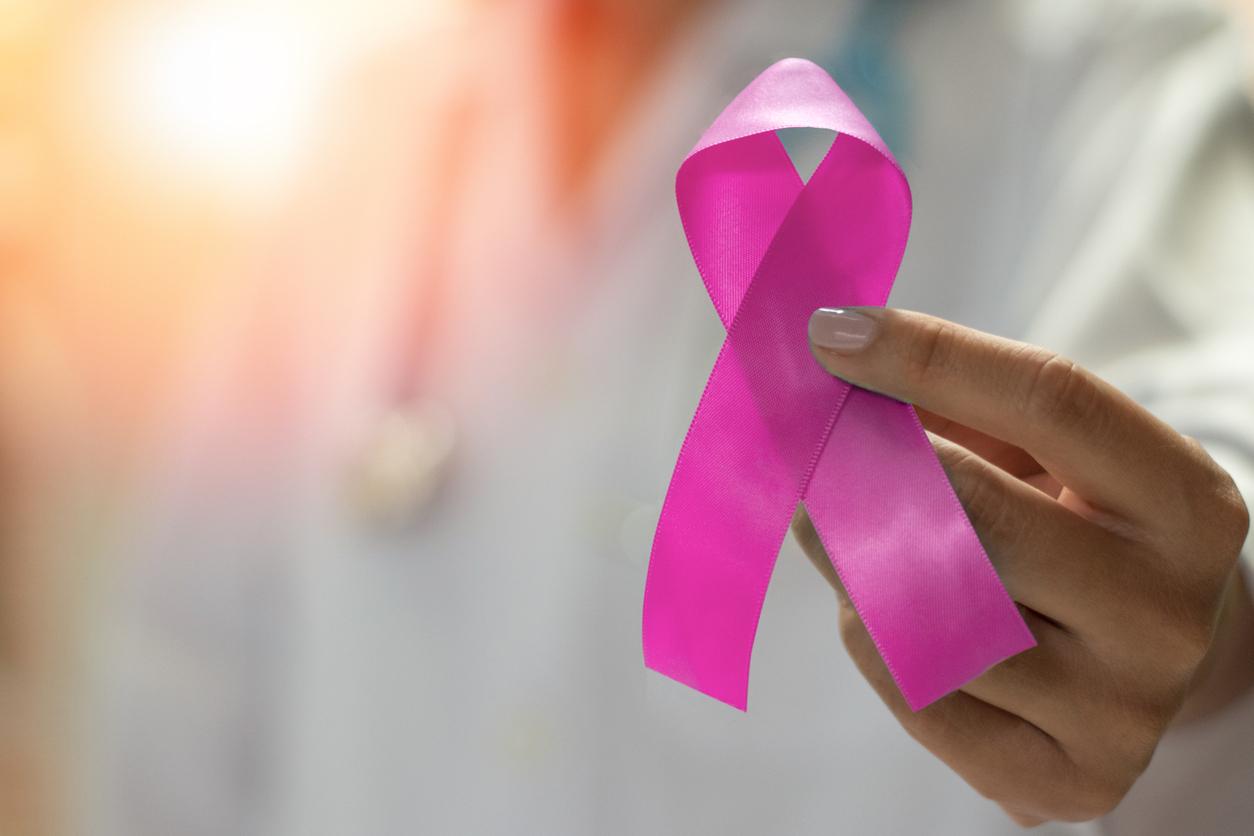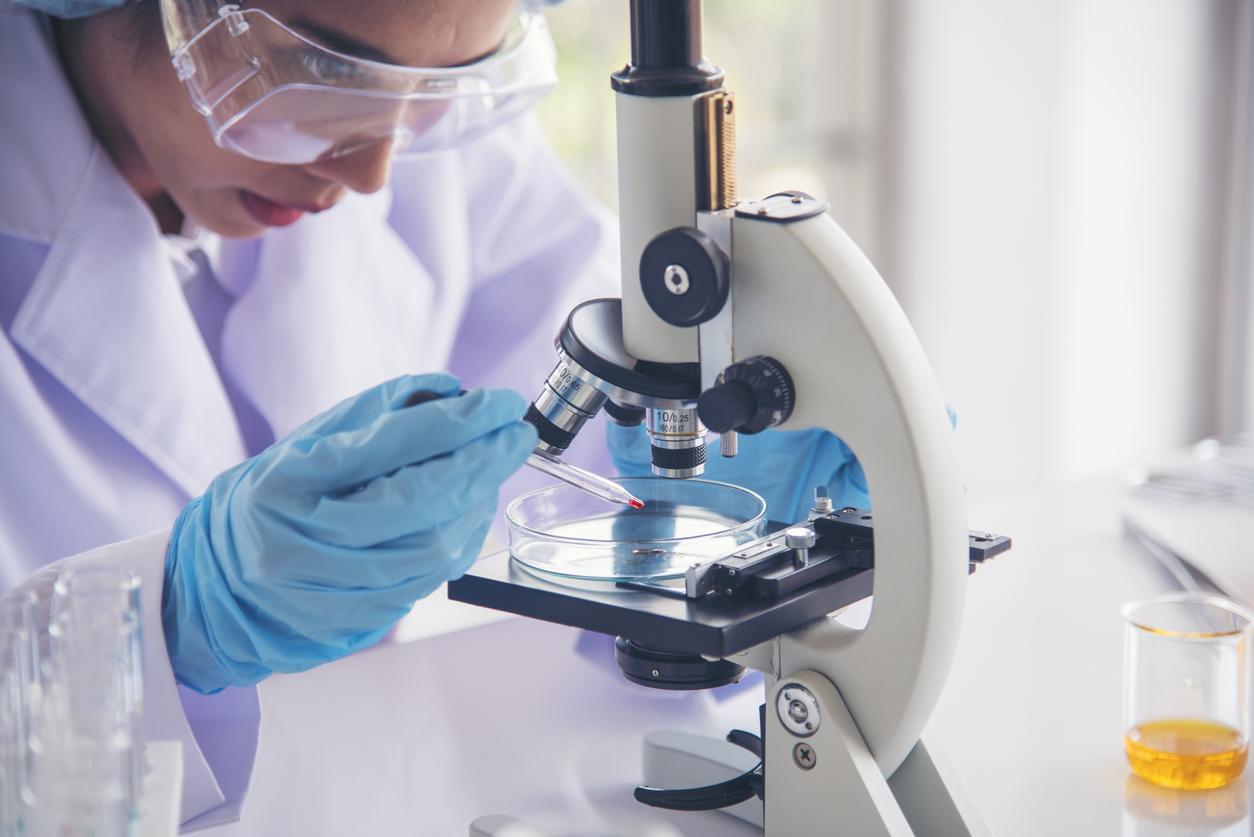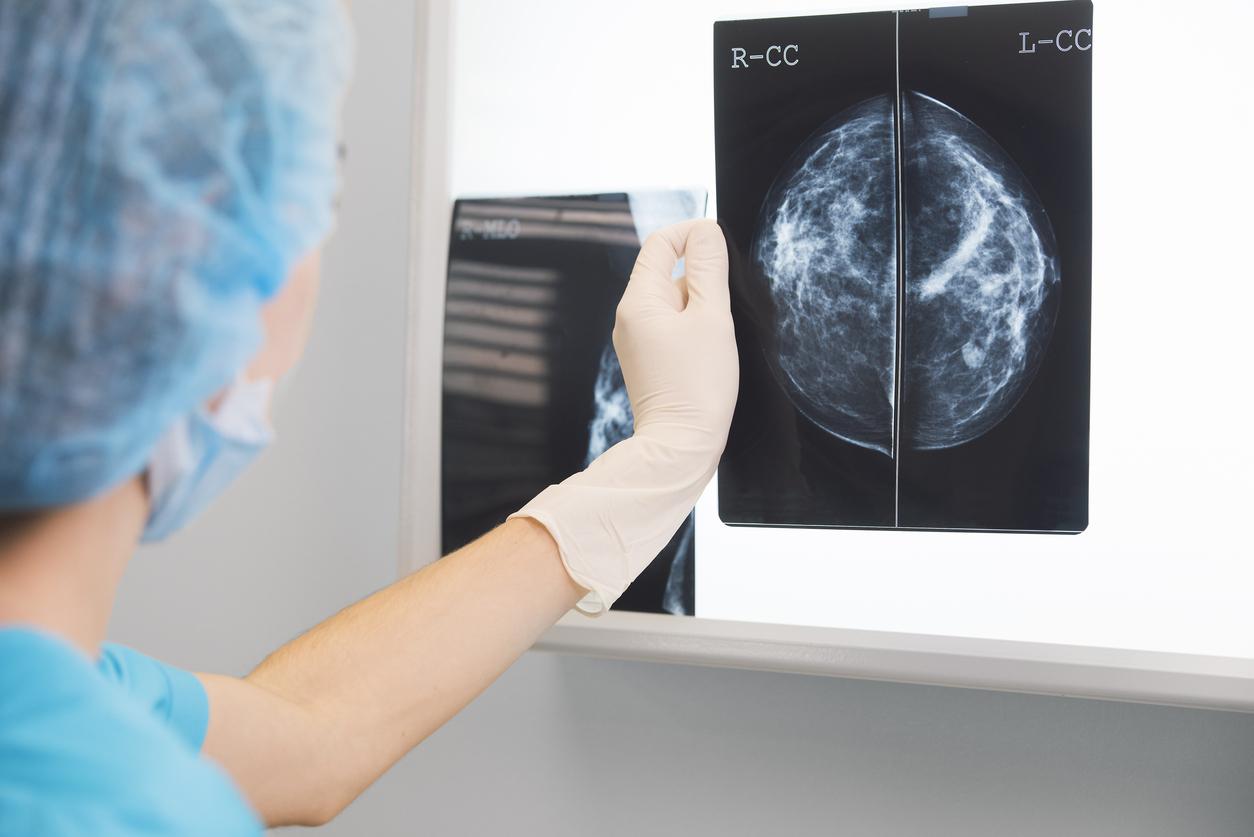On the occasion of Pink October, the French Society of Aesthetic Plastic Surgeons (SOFCEP) boasts lipomodeling, a breast reconstruction technique now reimbursed by Social Security.

- Breast cancers at an early stage of development at the time of diagnosis have a survival rate of more than 87%.
- Each year, nearly 59,000 women learn that they have developed the disease and more than 12,100 die from it.
“Lipomodeling now covered by health insurance allows you to find a breast with a natural appearance”. In a press release, the French Society of Aesthetic Plastic Surgeons (SOFCEP) recalls on the occasion of Pink October that fat transfer is now reimbursed as part of breast reconstruction.
Where does this technique come from?
Introduced in the 1990s, fat transfer (also called lipomodelling, lipofilling or auto-grafting of adipose tissue) mainly concerned the face to help AIDS patients. This technique was made possible by the work of New York plastic surgeon Sydney Coleman who was the first to design and standardize this procedure. Begun in 1998, the work of Dr. Emmanuel Delay, head of the plastic surgery department at the Léon Bérard anti-cancer center in Lyon, has enabled the optimization of lipomodeling in the chest.
Since January 2015, the Haute Autorité de Santé has validated its use for the breasts. And since October 1, 2017, in the context of reconstructive surgery only, lipomodeling can be covered by Health Insurance with new codes for this intervention, which it entitles in the ccam (common classification of medical acts ) “adipose tissue autograft”.
“Lipomodeling has revolutionized breast reconstruction”
“This care is limited to cases of breast reconstruction, sequelae of conservative treatment, significant asymmetry and malformation syndromes such as tuberous breasts or polandé syndrome”, specify the surgeons.
They conclude: “lipomodeling has revolutionized breast reconstruction, particularly in reconstructive surgery after conservative treatment of breast cancer and malformations”.

.







